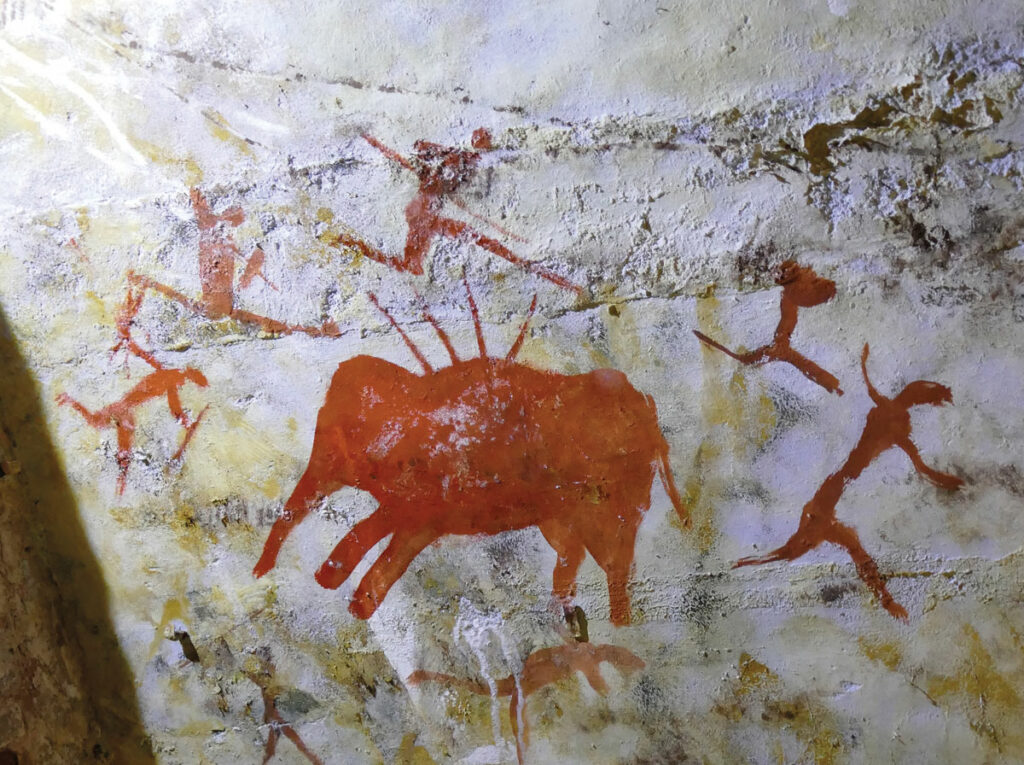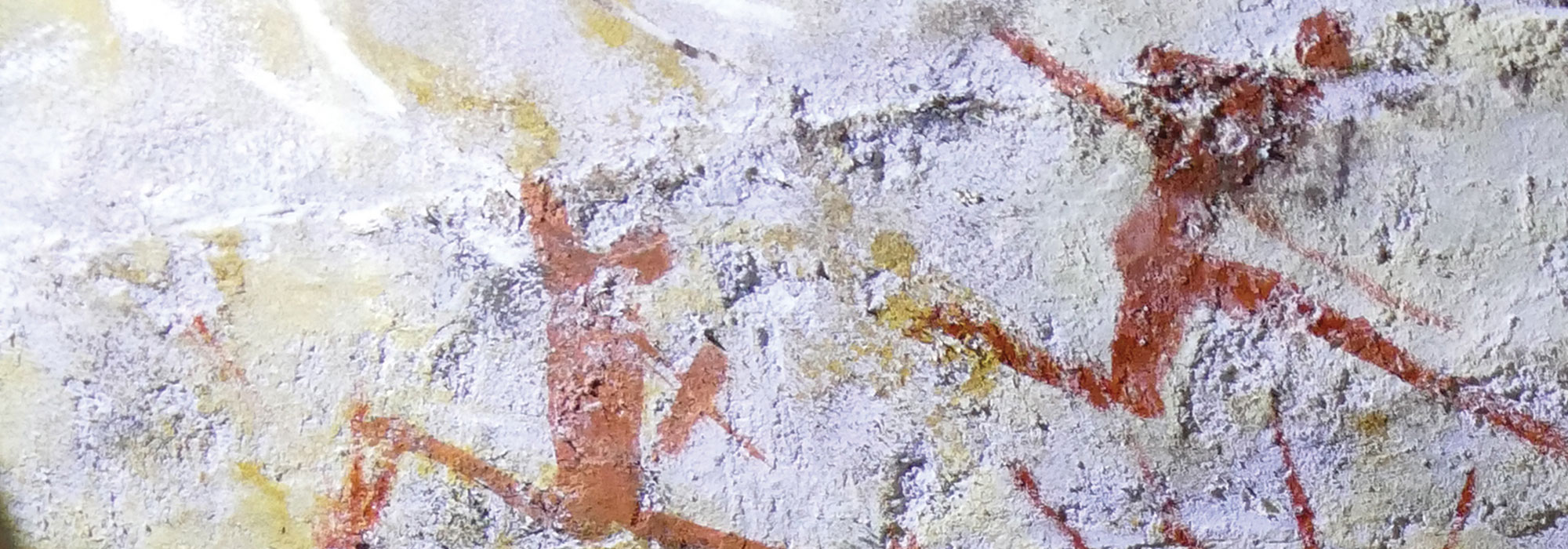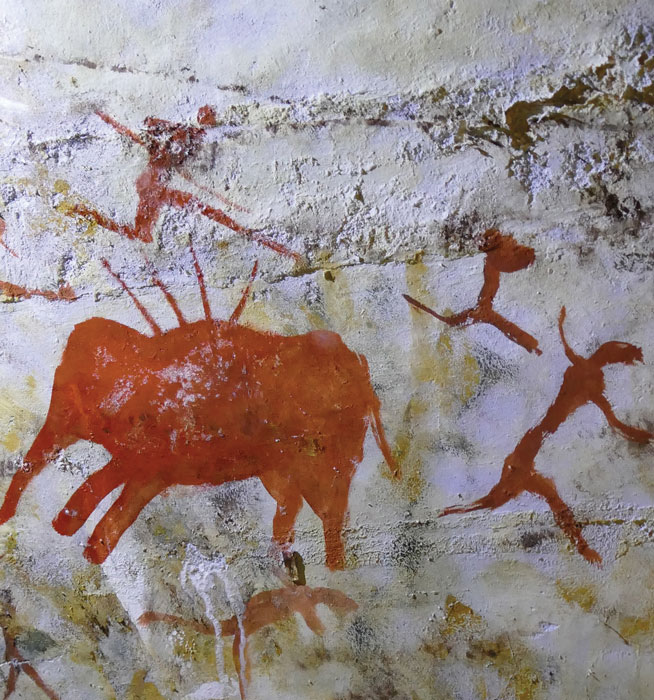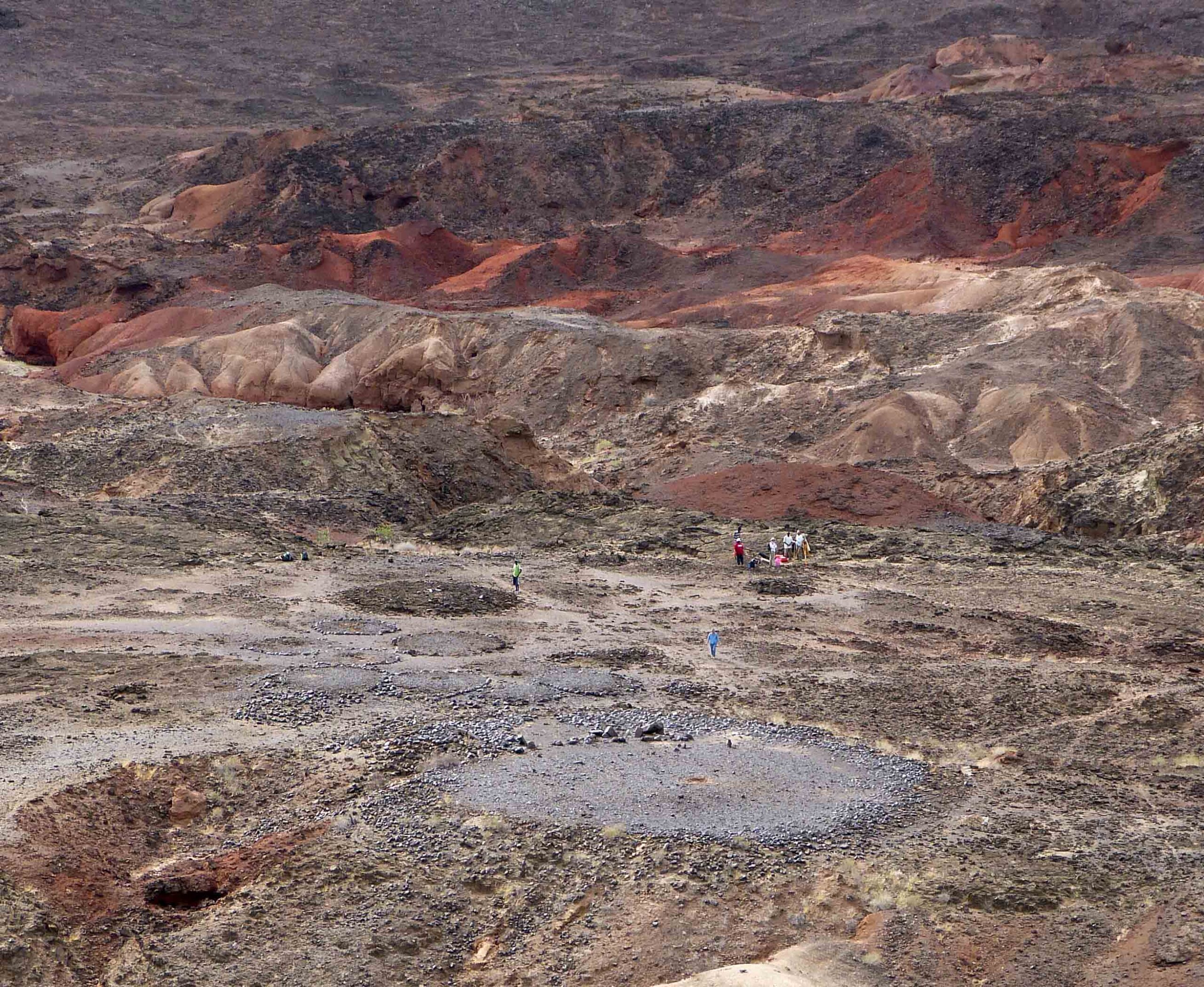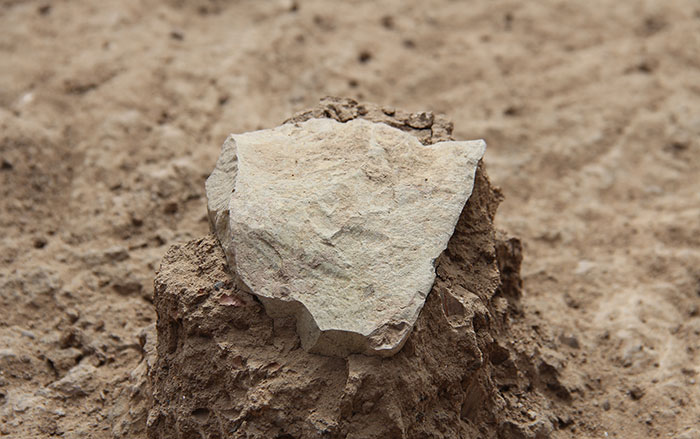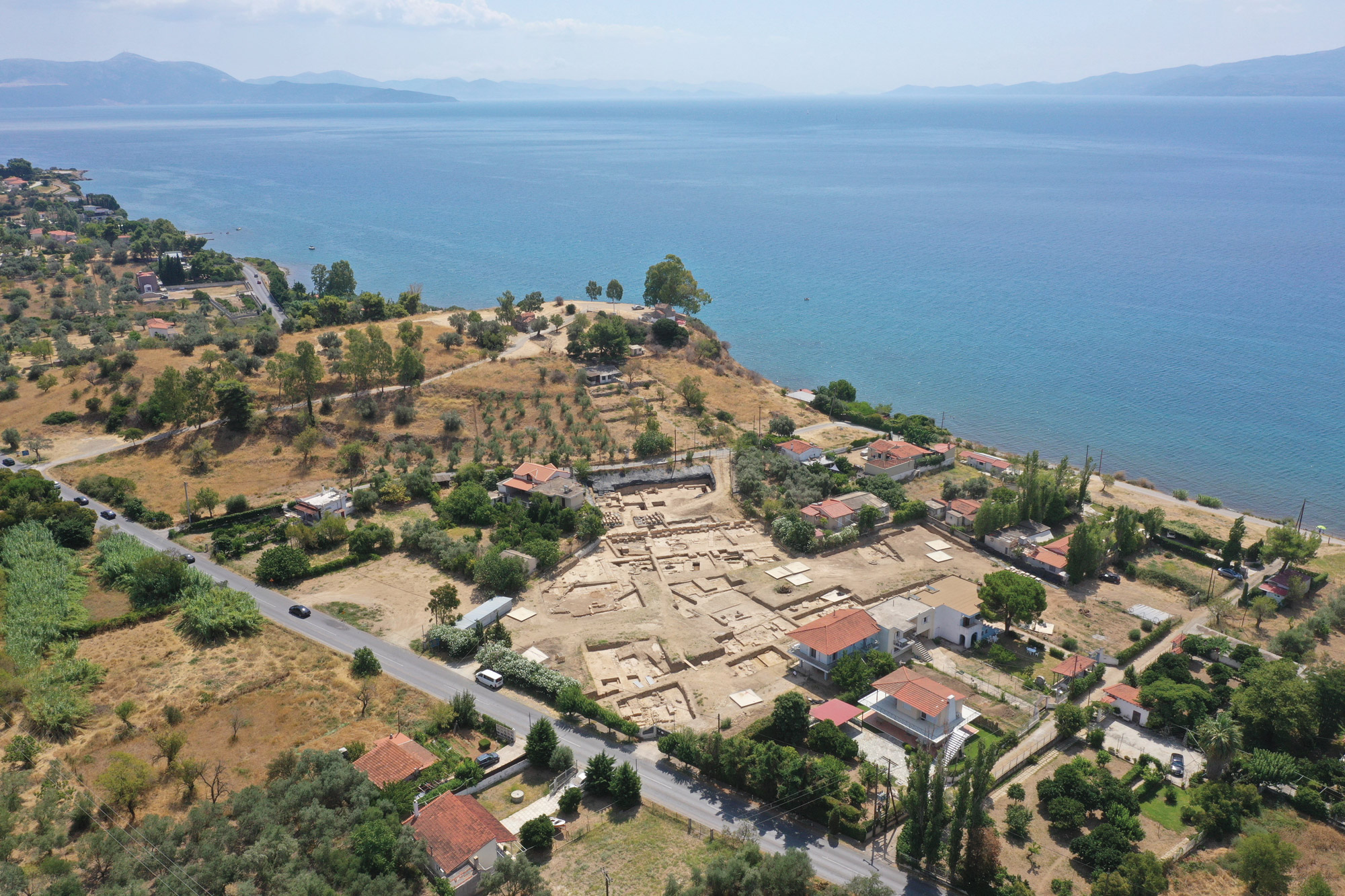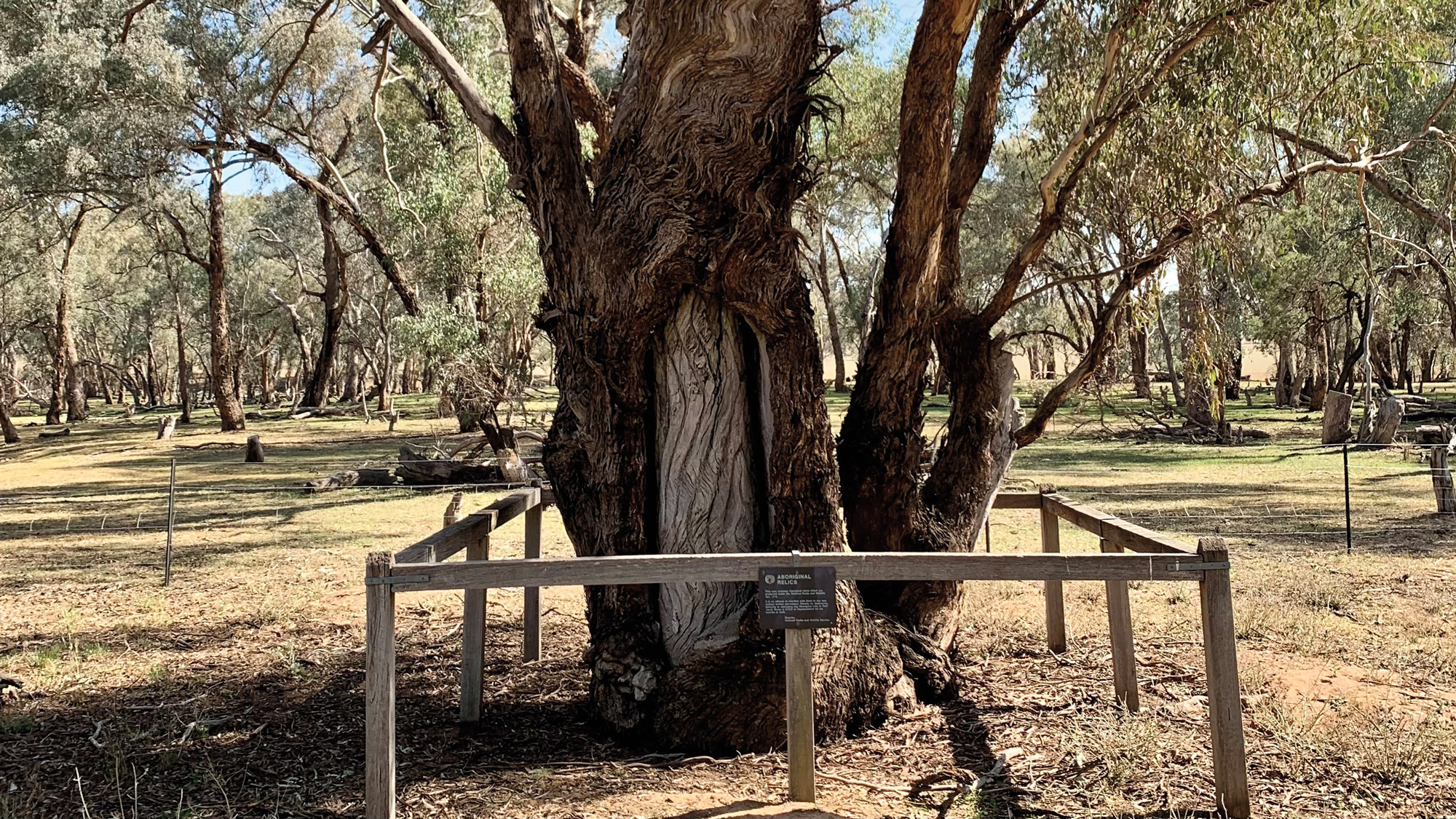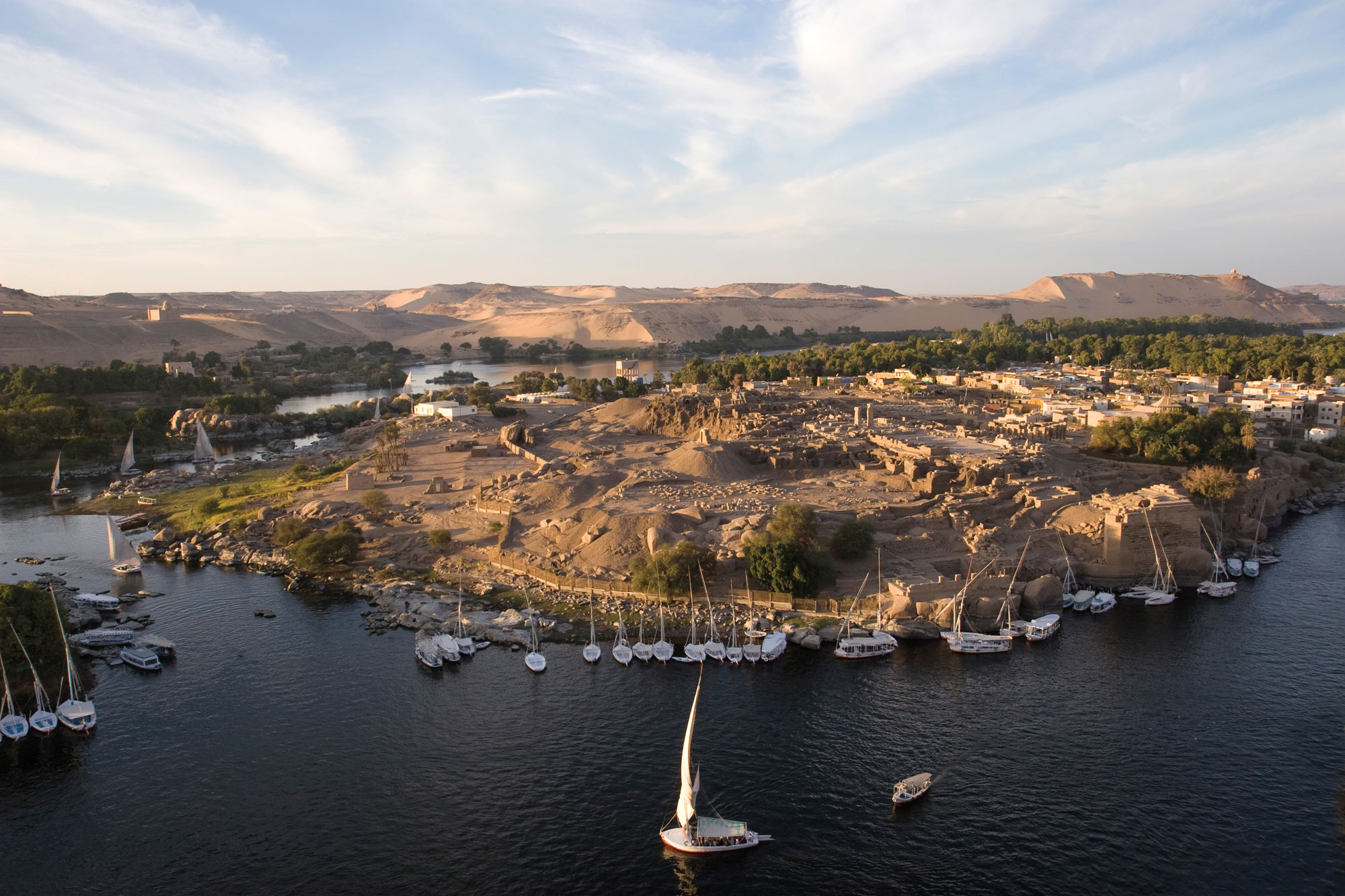Marathon runners today may be able to thank ancient hunters for their fitness routine. According to anthropologists Eugène Morin of Trent University and Bruce Winterhalder of the University of California, Davis, humans evolved to maximize stamina and smarts, which allowed them to perfect a hunting strategy that Morin describes as “spook and run.” “Prey will sprint and then seek refuge or rest, and a hunter following at a regular pace will catch up,” says Winterhalder. “The cycle repeats several times, debilitating the animal and compromising its ability to flee.” This strategy is akin to that employed by the proverbial tortoise in its seemingly plodding race against the hare.
The researchers reviewed more than 400 sources from across cultures, time periods, and locations that describe similar hunting practices— from accounts of Coahuiltecan hunters in northern Mexico in the 1530s to modern reports of Kenyan shepherds chasing down and capturing cheetahs poaching their herds. They found that, for example, California’s Wailaki people and the Bororo from Brazil’s river basins targeted game ranging from deer to bears using this same strategy. Physiological adaptations enabling distance running are the product of two million years of human evolution, says Morin. These traits include an increased capacity to sweat, minimal body hair, complex respiratory systems, long legs, and a high proportion of slow-twitch muscle fiber, which is slow to fatigue. Animals that rely on panting to cool off overheat or exhaust themselves, especially on challenging terrain such as crusted snow or scalding earth without the advantage of snowshoes or protective footwear. “It was originally thought that this hunting strategy might only be effective in hot environments,” says Winterhalder. “But in our survey, it’s ubiquitous.”
